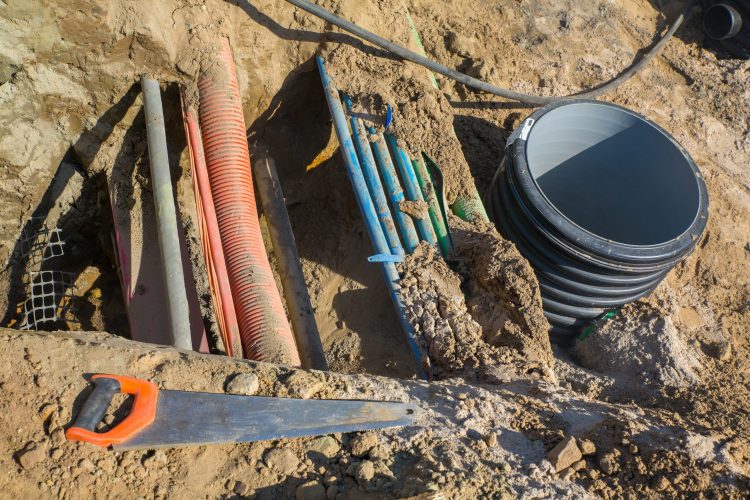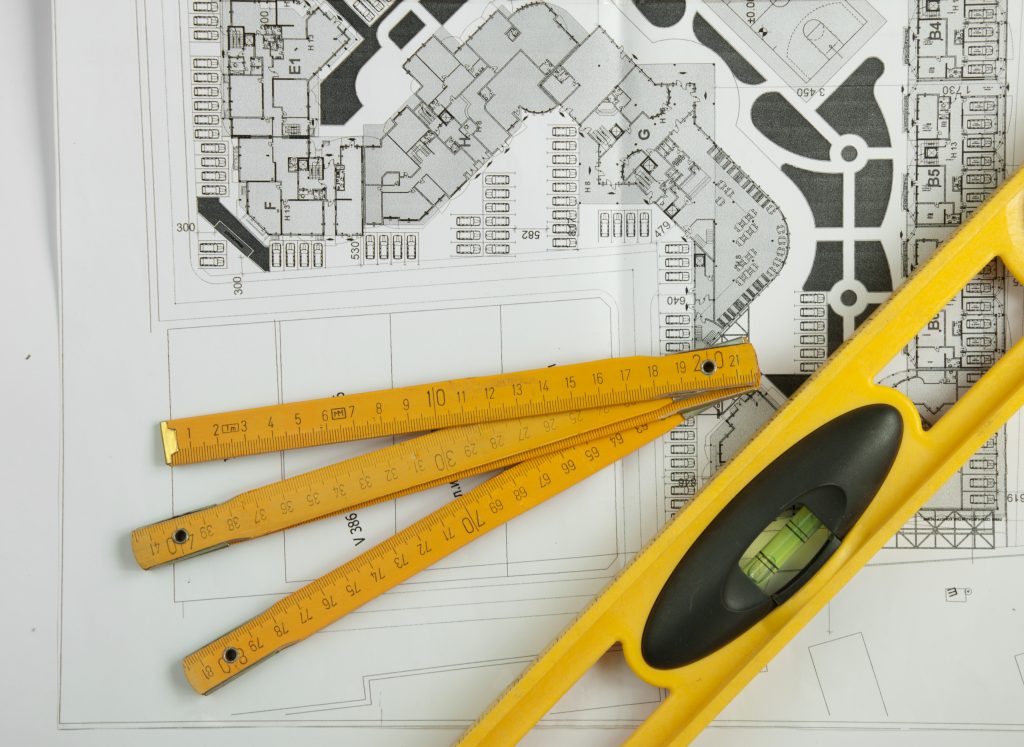There’s nothing like a beautiful rain shower on a cloudy day followed by the perfect rainbow as the sun peeks through the clouds. You leave the house in bright sunshine and the roads are washed clean but there is no evidence of extra water lying about. This scenario is a drainage expert’s dream! But what about a tropical storm? Tons of water ends up in places it was never intended to go, there is flooding, insufficient drainage, and sludgy places around the streets for weeks. Either the planning didn’t quite go to plan, or there’s major work still to be done.
At the end of a previous article on this topic, we hinted that we hadn’t quite listed all of the elements to be considered when planning the construction of a major (or minor) drainage system. We thought we’d go a little further and discuss some of the things we left out.
Here’s a quick review of what we talked about previously:
- Drainage system construction should be planned as early as possible.
- When planning drainage system construction elements to take into consideration include subdivision layout, catchment area, local terrain, and drain location. For more detail about those topics see the previous article.
Below are a few more things to be thinking about:
Surface Obstructions
These include buildings, electricity poles, native vegetation, or large trees, anything that may obstruct the proposed alignment of the drain. All of these should be located at the initial survey and inspection of the area. Contacting the owner, local council or other authority may be necessary if the drain location can’t avoid or approaches closely any of these obstructions. When planning the drainage construction, the designer will need to weigh up the cost of avoiding these obstructions versus relocating any obstructions where possible.
Existing bridges and culverts also affect drainage design. They may not be capable of dealing with the extra water flow from the proposed drain. If that is the case, then extra work will need to happen during the construction phase to shore up the existing infrastructure.

Underground obstructions
These types of services include:
- underground electricity cables
- oil pipelines
- gas mains
- communication cables
- water mains
- sewer mains
- council drains
- traffic signal cables
When designing drainage, a search should be undertaken at least 100m both upstream and downstream of the proposed work to find major services. Depth of the drains can be impacted by these services and good planning counteracts this.
Service agencies should be contacted for information on their assets, size, depth, and location. Sewers and the impact the drain will have on them and vice versa also must be considered. Support must be considered when a drain passes under any of the existing services.

Design depth
Factors influencing drain depth:
- Hydraulic considerations
- Leaving space above a drain for other services
- Ground conditions
- Underground obstructions
- Existing culverts and bridges and their size and depth
- Allowing for upstream development in the future
- Providing for sufficient grade for future downstream extension
- Allowing for cover for road grading and pavement depth
The balance of designing the drain high enough to minimise construction costs but not so high as to compromise other services is the job of a skilled designer.
We’ve given you a few more of the roadblocks that need to be overcome before you get to the construction phase of any development. And there are still a few more we can think of. Working with experts in any field is the best way to start a job.
Here at Limcora, we have the expertise and the experience to make sure the job is done at a high standard, on time, and on budget. Our team has the skills to be certain your job will be done right. Contact Us Today!

